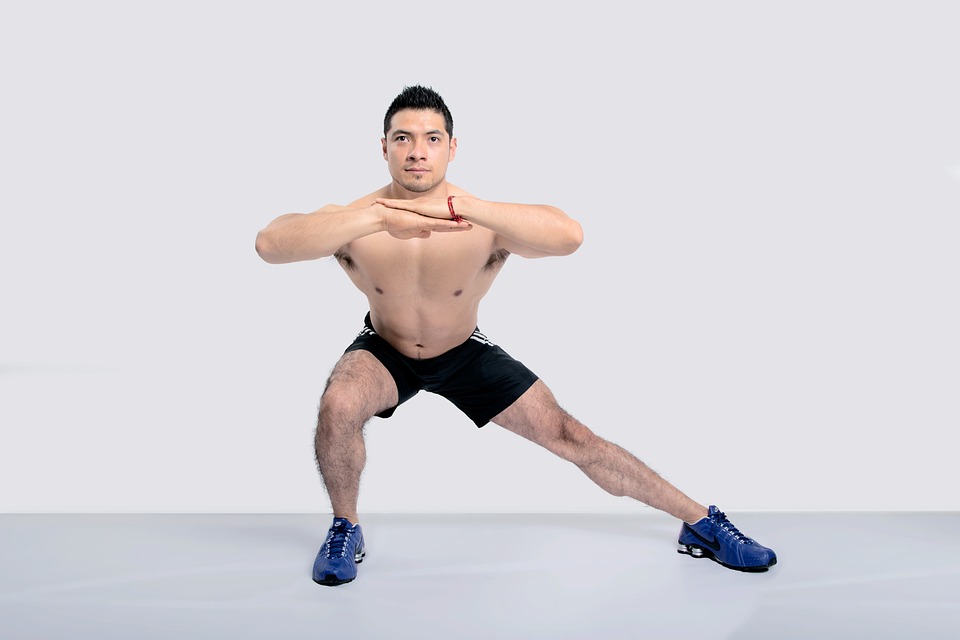High-Intensity vs. Steady-State Cardio: Which is Better for Weight Loss?
When it comes to weight loss, the debate over the effectiveness of high-intensity cardio versus steady-state cardio is a hot topic among fitness enthusiasts and experts alike. With a myriad of workout options available, determining the most effective approach can be daunting. This article dives into the details of both methods and how they can impact your weight loss journey.
Understanding the Basics
Steady-State Cardio refers to exercising at a consistent intensity for an extended period. This includes activities such as jogging, cycling, or swimming at a moderate pace for 30 minutes to an hour or longer. The hallmark of steady-state cardio is its maintainable nature, allowing individuals to work at a level they can sustain over a longer duration.
High-Intensity Interval Training (HIIT), on the other hand, involves short bursts of intense activity followed by brief periods of rest or lower-intensity exercise. For example, a HIIT workout might consist of sprinting for 30 seconds followed by a one-minute walk, repeated over a set time frame, typically ranging from 15 to 30 minutes. The intensity of HIIT is its defining feature, pushing participants to exert maximum effort during the high-intensity intervals.
Caloric Burn and Metabolic Effects
One of the primary reasons individuals engage in cardio is to burn calories. Both steady-state and high-intensity training can effectively contribute to a caloric deficit, which is essential for weight loss.
-
Steady-State Cardio:
- Generally burns calories at a steady rate. For instance, a person weighing 155 pounds may burn about 298 calories during a 30-minute brisk walk.
- It can improve endurance and cardiovascular health over time, making it an excellent option for those new to exercise or those who prefer a less intense workout.
- HIIT:
- Research consistently shows that HIIT can lead to greater caloric burn in a shorter amount of time. It is not uncommon for intense workouts to result in calorie burns exceeding 400-600 calories in 30 minutes.
- HIIT may also create an “afterburn” effect (excess post-exercise oxygen consumption, or EPOC), where the body continues to burn calories at an elevated rate for hours post-exercise due to the intense effort put forth during the workout.
Time Efficiency
For those with busy schedules, time efficiency is crucial. HIIT can be a boon for those looking to maximize their workout in a shorter period. With sessions lasting anywhere from 15 to 30 minutes, individuals can achieve substantial fitness results quickly.
Conversely, while steady-state cardio may take longer to achieve similar caloric burns, its consistency allows for longer workouts that individuals can gradually build up to, making it a good choice for those who enjoy longer sessions.
Impact on Muscle Retention
When it comes to weight loss, preserving muscle mass is essential. A common concern with prolonged steady-state cardio is the risk of losing muscle along with fat. Steady-state cardio, especially when performed excessively without strength training, can lead to muscle loss.
HIIT, however, tends to preserve muscle mass more effectively due to its intensity and the inclusion of resistance-based movements. This is particularly important for individuals seeking a toned appearance rather than a purely lean physique.
Psychological Preferences
The effectiveness of any workout ultimately also depends on adherence. Enjoying a workout routine means individuals are more likely to stick to it.
-
Steady-State Cardio: Those who prefer more social activities, such as group classes or leisurely runs, may find steady-state cardio more enjoyable and sustainable. It allows for a more conversational pace, making it easier to include friends and stay motivated.
- HIIT: Conversely, those seeking excitement and variety may lean towards HIIT. The fast pace, along with a constantly changing routine, can prevent boredom and keep participants engaged.
Conclusion: The Best Approach for You
Ultimately, the question of whether high-intensity or steady-state cardio is better for weight loss boils down to personal preference, fitness levels, and goals. Both methods can be effective for shedding pounds when combined with a balanced diet and appropriate strength training.
For those seeking quick results in shorter time frames with a focus on calorie burn and muscle retention, HIIT may be the way to go. If you prefer a less intense, easily sustainable approach that allows for longer durations and social interaction, steady-state cardio could be ideal.
Incorporating a mix of both forms into your weekly routine could provide the best of both worlds, maximizing weight loss while keeping your exercise regimen enjoyable and comprehensive.




